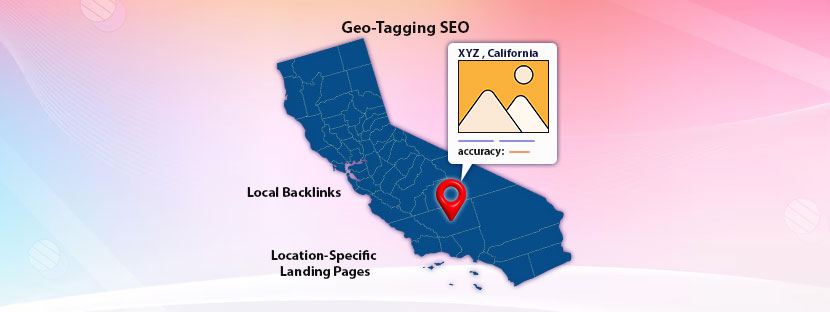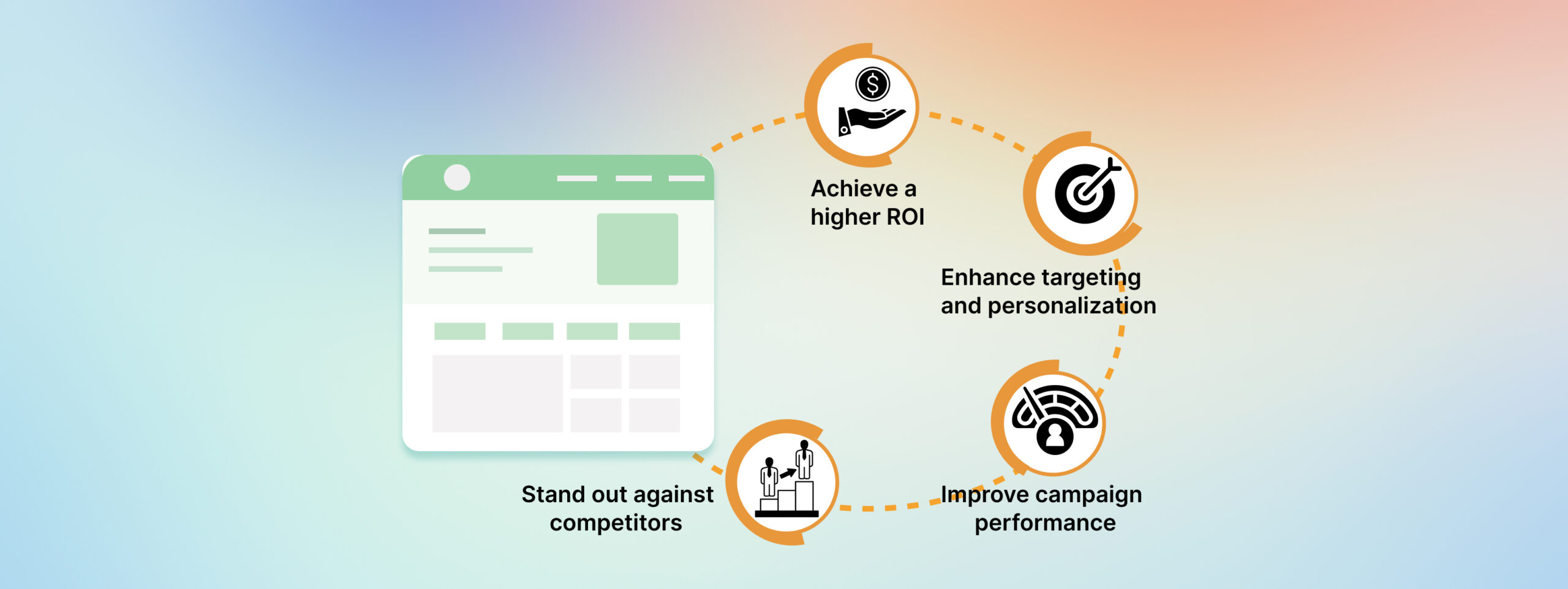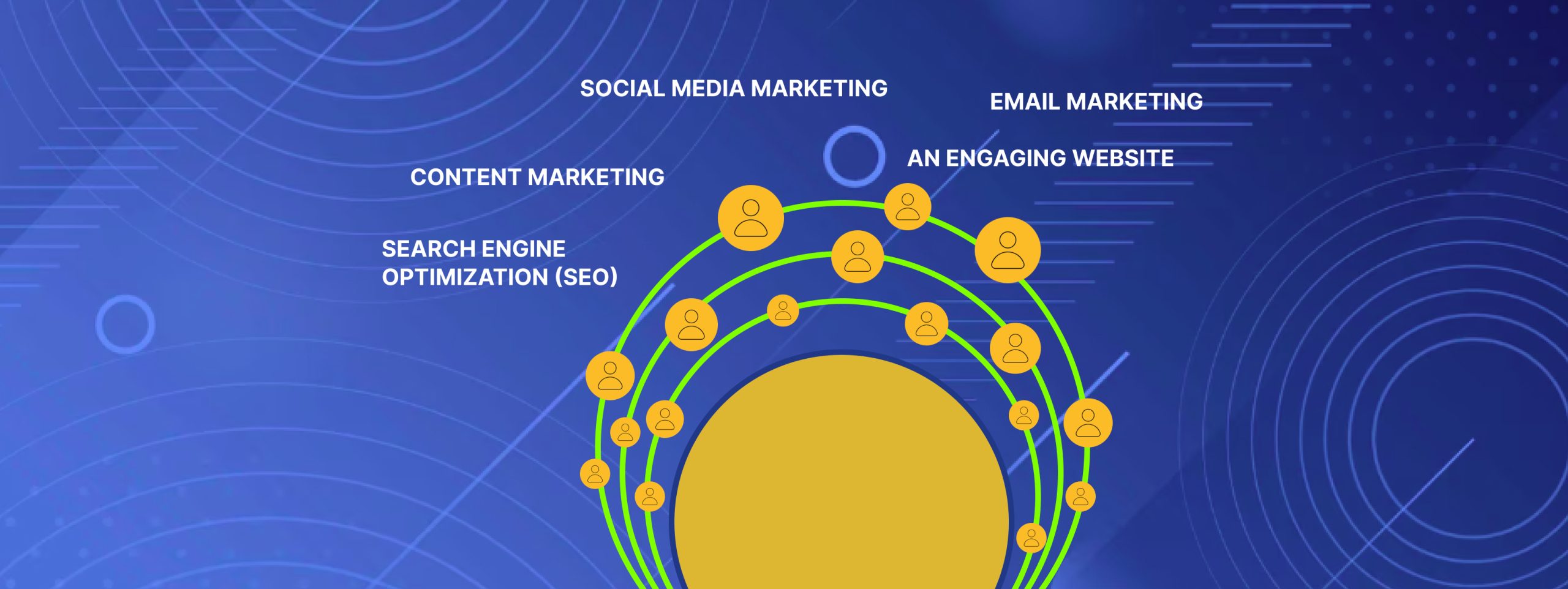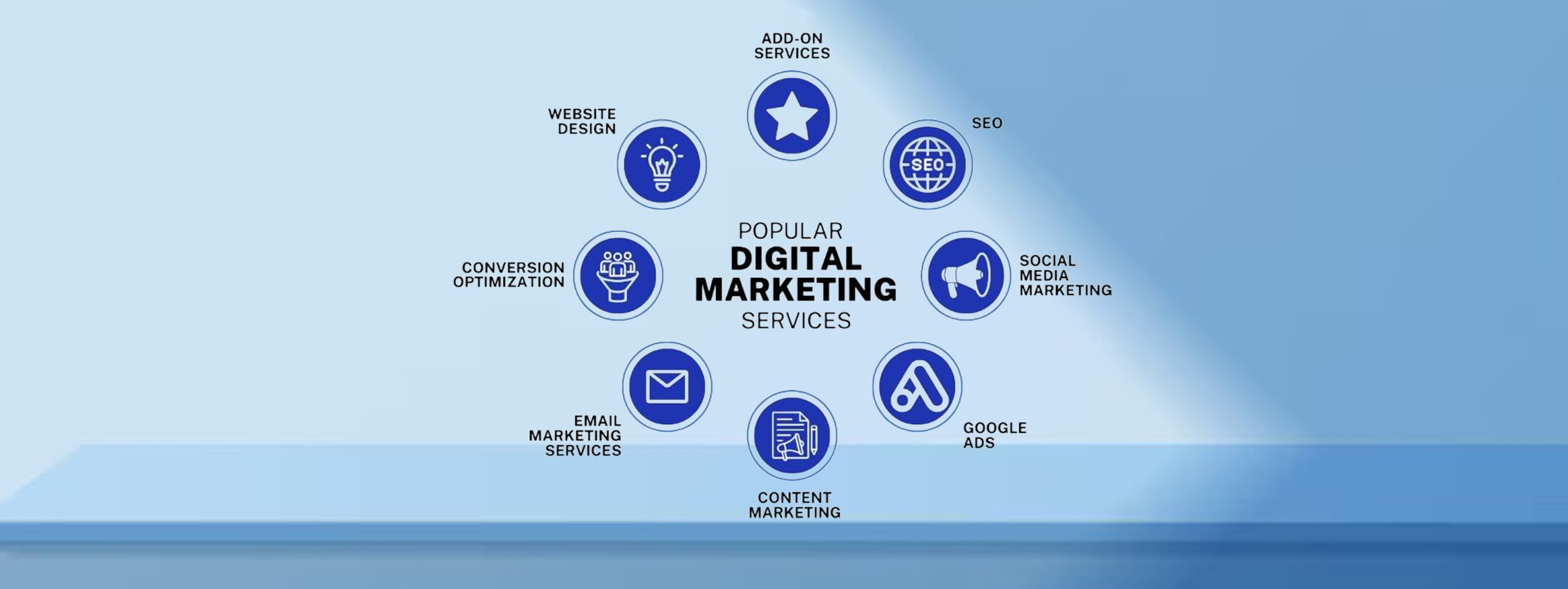In This Article
Do you want to improve the rank of your website and want to appear in location-specific search results? Therefore, you need to add geotag images for local SEO practices to your website. You can add geotags for media files like photos and videos also for better reach. With the help of Geotagging services, your website will promptly appear in location-based search results.
If you think that geotagging is a recent trend in website SEO strategy then it’s wrong. Geotagging is not a new thing at all. It’s now been over a decade that websites are getting built using this. That’s the reason why geotags have become a part of local SEO components. With the growth in the development of mobile devices, geotags are providing more accurate locations.
Geotagged images play a crucial role in local SEO practices and they can help websites to appear in location-specific results. Therefore, you need to understand the importance of geotagging images along with the geotagging an image with SEO strategies.
This blog aims to develop a deep understanding of geotag images for local SEO practices. Added to that, you’ll explore top strategies to implement geotagging SEO in detail besides the advantages and disadvantages of geotagging here.
Let’s begin with a basic understanding of geotagging SEO first.
A. What is Geo-Tagging SEO
This precision holds immense value, minimizing marketing waste by directing promotional efforts toward those most likely to engage. It proves an efficient and cost-effective strategy, reaching a highly relevant audience with focused intent.
B. Benefits of Geo-Tagging SEO
Geo-tagging SEO is a powerful tool for businesses to show up more in local searches. This is making them more noticeable to potential customers in specific areas. Using geotag images for local SEO significantly boosts a business’s presence in local search results.
This means a better chance of being at the top when people in certain locations are searching for products or services. For brick-and-mortar businesses, having good local visibility is crucial because it helps them be found. People nearly who are actively looking for what they offer will find them.
By improving local visibility, a business can connect with a valuable local market and increase its potential for growth. In simple terms, it’s like putting your business on the map so that people nearby can easily find and choose you.
As businesses optimize content for distinct locations, they gain the ability to precisely target their audience, connecting with potential customers actively in pursuit of local offerings. The result is a streamlined approach that not only enhances audience reach but also maximizes the likelihood of meaningful engagement. That will create a win-win scenario for businesses seeking effective and targeted online visibility by using geotag images for local SEO.
C. Top Strategies to Geotag Images for Local SEO
I. Integrating Images into Content Mix
Integrating images into your overall content mix stands as a beneficial move for search optimization. Beyond visual appeal, images offer additional opportunities for keyword signals on a page, enhancing the chances of ranking in search results, particularly under Universal Search. When these images are appropriately linked to specific locations, they carry extra location signals, bolstering the relevance of your business or website for local searches.
Securing a high rank in search engine results is crucial, as lower placements can mean potential customers might not discover your business online. Statistics reveal that the top-ranking site in online searches boasts a 31.52% click-through rate, while this percentage drastically diminishes as you descend through the top results, dropping to under 2% by the eighth position.
Yet, it’s not just about securing a high rank; conversion also plays a vital role. Google notes that a whopping 90% of customers are more inclined to visit a business that features images and videos. In light of this, having all geotag images for local SEO strategy centered around photos and videos makes practical sense. It’s not merely about visibility but about engaging potential customers with visual content and creating a more compelling online presence.
In the dynamic landscape of online searches, where visuals often make the first impression, optimizing your content with geotagging your images becomes a strategic move. These visuals not only enhance the likelihood of being discovered but also significantly contribute to the overall user experience. By understanding the impact of images on search optimization, businesses can craft a comprehensive approach. Thus, it improves their online visibility to increase the chances of converting potential customers into satisfied patrons.
II. Use Google My Business Geotagging
Geotagging plays a pivotal role in enhancing the effectiveness of Google My Business (GMB). This is particularly true as each listing is tied to an exact location featured on Google Maps. Google places significance on the uniformity of your business name, address, and phone number across various online citation listings. This consistency contributes to the overall relevancy of your business. Ensuring that these details align fosters a stronger online presence.
For those with an existing Google My Business listing containing images that haven’t been optimized. Hence, to get it right, it’s advisable to take a proactive step. Downloading these images, and renaming geotag images for local SEO with relevant keywords. For example, you can rename “blueberry-cake.jpg” instead of the generic “cake-image-001.jpg”). Note that, you must geotag the images before re-uploading them to your GMB listing can make a substantial difference. While this process might seem time-consuming, it proves to be a worthwhile investment in the long run.
By infusing your geotagged image with location-specific information through geotagging, you amplify the local relevance of your business. This not only aligns with Google’s preference for consistency but also improves the overall discoverability of your GMB listing. The effort put into optimizing and geotagging images contributes to a more robust online profile. It potentially attracts a wider audience and enhances the chances of your business being prominently featured in local searches.
In the dynamic landscape of online visibility, dedicating time to geotagging an image and optimization ensures that your business stands out in the digital marketplace. Let’s now discuss it further by utilizing the advantages and disadvantages of geotagging.
III. Using EXIF Editor
A straightforward method for geotag images for local SEO involves using an EXIF editor to manually embed longitude and latitude coordinates into it. Various programs, like GeoImgr, make this process accessible by allowing users to edit an image’s EXIF data easily. When opting for an image upload service, it’s crucial to ensure that it accurately displays the image’s location on a map and avoids errors in reading coordinates.
The key takeaway is uncomplicated but crucial. To maximize local search ranking benefits, optimizing and geotagging images is essential. Without geotagging information on your website, your ranking might lag behind competitors who have embraced this practice. The simplicity of incorporating geotagging into your image optimization strategy can significantly impact how your business is perceived online, improving its visibility in local searches and ensuring you stay competitive in the digital landscape.
IV. Optimize Metadata
To strengthen your geo-specific SEO efforts, it’s vital to focus on your website’s metadata, encompassing titles, descriptions, and headers. Embedding location-specific keywords in these elements is a fundamental practice for enhancing your online visibility in specific geographic areas.
Let’s say you operate a bakery in London; incorporating phrases like “London Bakery” or “Best Bakery in London” into your metadata sends a clear signal to search engines about the relevance of your content to local searches. Hence, using geotag images for local SEO is a strategic move that increases the likelihood of your website ranking higher in location-based search results.
Taking a closer look at your metadata ensures that your online presence aligns seamlessly with your business’s physical location. By infusing these crucial elements with location-specific keywords, you not only enhance search engine understanding but also boost the chances of attracting local customers actively seeking services in your area. It’s a straightforward yet impactful strategy that contributes significantly to the overall effectiveness of all your geotag images for local SEO, ensuring your website remains prominently positioned in local search rankings.
V. Make Location-Specific Landing Pages
To reinforce your business’s connection to various locations, consider creating dedicated landing pages tailored to each area you serve. These pages play a crucial role in local SEO by featuring unique and relevant content specific to each location. Incorporating elements like testimonials from local customers, details about area-specific events or promotions, and even localized news helps engage your audience more effectively. Simultaneously, these tailored landing pages assist search engines in comprehending your business’s distinct ties to specific regions.
By establishing dedicated landing pages for different locations, you showcase your commitment to addressing the unique needs and interests of various communities. This not only enhances your overall online presence. But it also reinforces the perception that your business is deeply connected to and invested in the communities it serves. The creation of these location-specific pages along with geotag images for local SEO is a straightforward yet impactful strategy to boost local geo-specific SEO, ensuring that your business stands out and resonates with potential customers in each specific area you cater to.
VI. Utilize and Generate Local Backlinks
To amplify your geo-tagging SEO efforts, a powerful strategy involves building high-quality backlinks from local websites and directories. Actively seek opportunities for collaboration with other businesses in your area, engaging in joint efforts such as co-hosting events or featuring each other’s content, which can result in valuable backlinks. Another effective approach is to aim for inclusion in local publications or blogs through Google geotagging tools.
Being mentioned by reputable local sources significantly elevates your online visibility and credibility. The more quality backlinks you secure from local sources, the more search engines acknowledge your relevance in the local context, thereby boosting your local search rankings. This proactive approach to building local backlinks not only strengthens your online presence but also establishes your business as a valued and connected entity within the community you serve.
VII. Consider Customer Reviews
Besides geotag images for local SEO, in the realm of local search rankings, positive customer reviews hold immense significance. Actively encourage satisfied customers to share their experiences on platforms like Google, Yelp, or industry-specific directories. These reviews not only provide social proof and foster trust with potential customers but also contribute significantly to your business’s visibility in local search results.
Taking the extra step to respond to reviews, whether positive or negative, underscores your dedication to customer satisfaction. This engagement demonstrates that you value customer opinions and actively strive to enhance their experiences, which can substantially impact your online reputation and local search rankings.
While geotagging isn’t a new concept, its importance is on the rise, evolving into an essential component of geotag images for local SEO. With an increasing number of consumers seeking information on their mobile devices, search engines now incorporate their current location into search results. The term “geo” denotes a specific place or location, and geotagging relies on a computerized representation of address locations. This also includes the street/road networks, and postal and administrative borders.
By understanding and implementing geotagging effectively, businesses can enhance their online visibility, ensuring they remain prominently positioned in local search results for prospective customers seeking information relevant to their specific locations.
D. How You Can Geotag Images for SEO?
For geotag images for local SEO, you can follow several straightforward steps. Utilize web applications like Geoimgr to easily add geolocation data to your pictures. Obtain accurate coordinates for your business location through Google My Business, by right-clicking on your map marker for precise latitude and longitude details. Upload the image to your chosen Google geotagging tool, adding the geolocation data to your picture. Verify the tool correctly displays the image’s position on a map, ensuring there are no errors in reading the coordinates.
Optionally, consider adding more EXIF tags like title, description, and copyrights along with geotagging information to further boost your image’s SEO. Once the tagging process is complete, download the geotagged image for use on your business website. Utilize this in Google My Business, and in various online directories. An essential geo-specific SEO tip is to leverage geotagging your images when registering your business on relevant platforms. Consider platforms like Google My Business, social networks, and press release distribution services.
Finally, consistently using these images across different online platforms reinforces the geographical relevance of your business. So, it will positively impact local search rankings and fortify your overall online presence.











